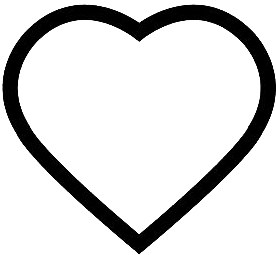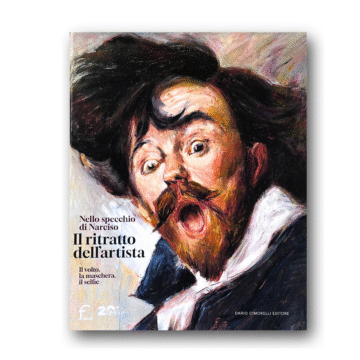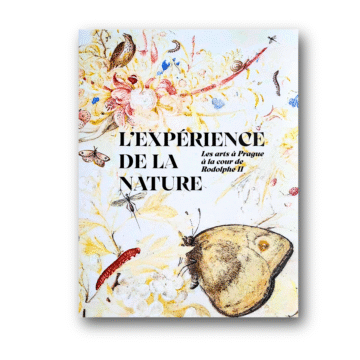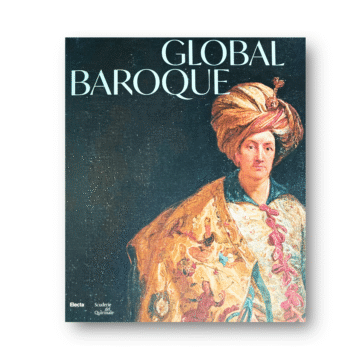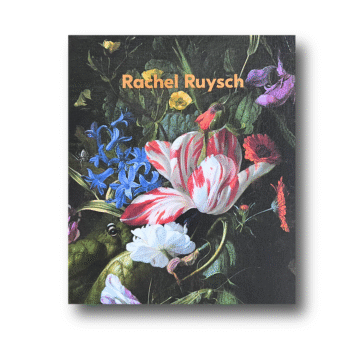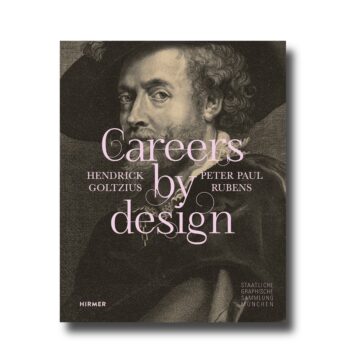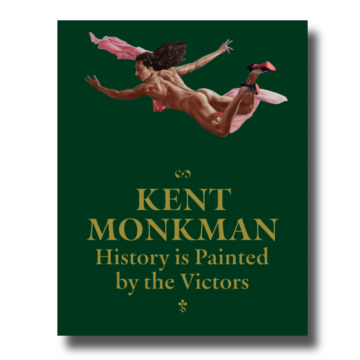Two Kings and Bad Girls: Art to See in April 2025
What do an alchemy-obsessed emperor, a poetry-loving Scottish king, and a gallery of rebellious women have in common? They are all at the center of this month’s most intriguing art exhibitions. April 2025 is a contrast study between power and subversion, silence and spectacle, tradition, and reinvention. From royal courts and bourgeois salons to the bold iconography of Frida Kahlo and Beyoncé, museums across the globe are inviting us to look again at history, at myth, and ourselves.

United Kingdom
The World of King James VI & I
National Galleries of Scotland, Edinburgh – through October 6, 2025
To mark the 400th anniversary of the death of King James VI of Scotland and I of England, the National Galleries of Scotland presents a landmark exhibition exploring the life, legacy, and cultural world of the monarch who united the crowns of Scotland, England, and Ireland.
Featuring over 140 objects, including portraits, jewels, decorative arts, manuscripts, and rare documents, the exhibition delves into James’s intellectual interests, political ambitions, and complex personality. Known for his writings on kingship and witchcraft, James was both a scholar and a shrewd political strategist, deeply invested in the power of image, language, and lineage.
A unique highlight of the exhibition is the immersive scent installation “Presence,” a fragrance reconstructed from a 17th-century recipe, offering visitors a multisensory glimpse into the atmosphere of his court.
The World of King James VI & I reveals a monarch who helped shape the early modern British state and whose influence still echoes in literature, politics, and the arts today.
France
The Experience of Nature: Arts in Prague at the Court of Rudolf II
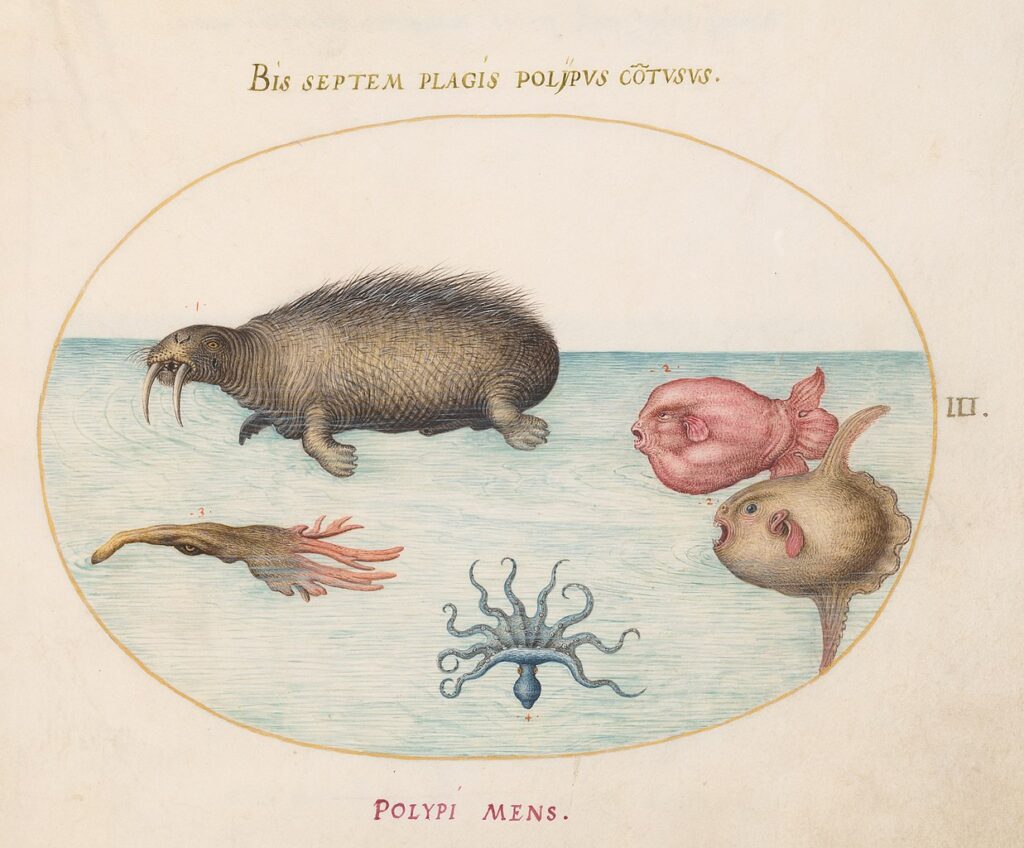
Musée du Louvre, Paris – March 19 to June 30, 2025
What happens when an emperor obsessed with knowledge turns his court into a laboratory? This ambitious exhibition at the Louvre explores how Rudolf II, Holy Roman Emperor, alchemy enthusiast, and dreamer of immortality, transformed his Prague residence into a center of esoteric knowledge and artistic innovation at the turn of the 17th century. A ruler who sought the philosopher’s stone and the elixir of eternal life, Rudolf made his court a magnet for astronomers, naturalists, artists, and mystics alike.
Gathering over one hundred artworks, manuscripts, prints, and scientific instruments from his famed Kunstkammer, the exhibition reveals a world where curiosity ruled and observation was an act of both science and art. Alongside the eccentric elegance of late Mannerism, a parallel current emerges: naturalism.
Featuring painters like Roelandt Savery, Joris Hoefnagel, and Hans Hoffmann, the show highlights artists who studied flora, fauna, and landscapes with astonishing empirical detail, often in the service of a cosmic vision that bridged myth, magic, and biology.
At once mystical and modern, The Experience of Nature reimagines the Prague of Rudolf II not as the last breath of the Renaissance, but as the strange and fertile beginning of something new.
Italy
Barocco Globale. Il mondo a Roma nel secolo di Bernini
Scuderie del Quirinale, Rome – April 4 to July 13, 2025
Forget the dusty textbook version of Baroque. This exhibition is a full-blown sensory experience. “Barocco Globale” reveals 17th-century Rome as the art world’s grandest stage and a vibrant hub of global exchange. Here, drama was not just a style, it was a worldview.
From the theatrical genius of Gian Lorenzo Bernini to the refined brushwork of Nicolas Poussin and the rare presence of Lavinia Fontana, the exhibition explores how Baroque art channeled power, devotion, and wonder. Alongside these masterpieces are artifacts from Africa, Asia, and the Americas – sacred textiles, diplomatic gifts, and portraits of foreign envoys. That shows how deeply entangled Rome was in the wider world.
This is the Baroque as you have never seen it: decadent, devout, performative, and surprisingly global.
Il Ritratto dell’Artista (The Portrait of the Artist)
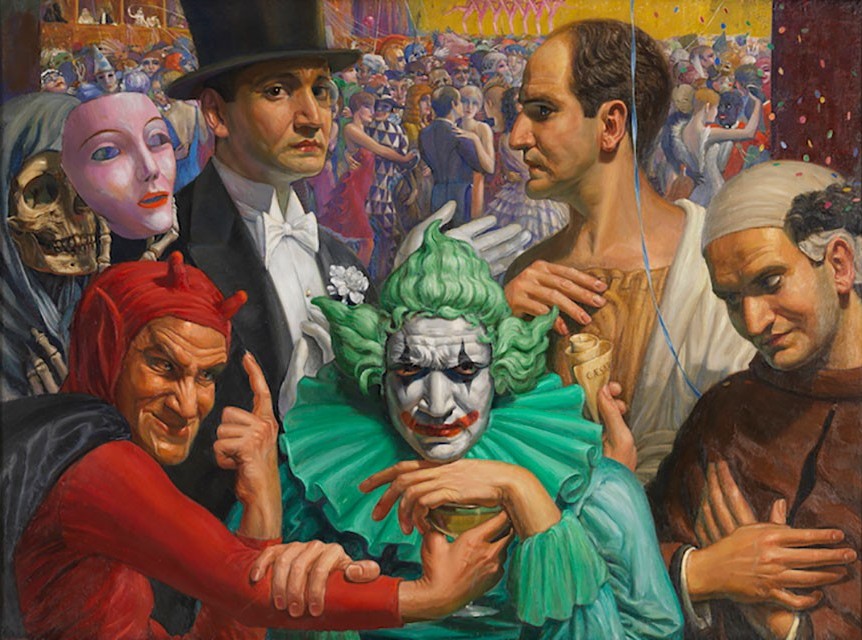
Museo Civico San Domenico, Forlì – February 23 to June 29, 2025
The first self-portrait? Narcissus, gazing into the water. Since then, the artist’s image has become a mirror, a mask, a myth.
This exhibition traces the evolution of the artist’s self-representation—from Renaissance solemnity to the theatrical experiments of the 20th century—in a stunning selection of over 200 works from collections across Europe.
Artists look inward and project outward. Sometimes they slip themselves into grand historical scenes, like Botticelli or Perugino. Other times, they paint only a face or a foot, and call it a truth. The show includes works by Dürer, Hayez, Moreau, and others who turn the act of self-portraiture into a performance of identity.
Whether disguised, solemn, or strikingly honest, the self-portrait becomes a stand-in for the self, a trace, a memory, an existential autograph. A rare and intimate journey through the mind behind the canvas.
Austria
Arcimboldo, Bassano, Bruegel: Nature’s Time
Kunsthistorisches Museum, Vienna – March 11 to June 29, 2025
Think still lifes are boring? This show might change your mind. Here, vegetables become portraits, months become myth, and the passing of time is painted in milk, meat, and honey.
With works by Arcimboldo, Bruegel, Bassano, and other masters of early modern Europe, the exhibition is a rich visual calendar of rural life and seasonal cycles. Expect allegorical heads made of fruit, scenes of planting and harvesting, and even Renaissance-era globes and scientific instruments that mapped the stars and tracked the passage of time.
It is a feast for the eyes and a reminder that long before data and satellites, artists were already charting the rhythm of nature in oil and imagination.
Biedermeier: The Rise of an Era
⭐Our Favorite
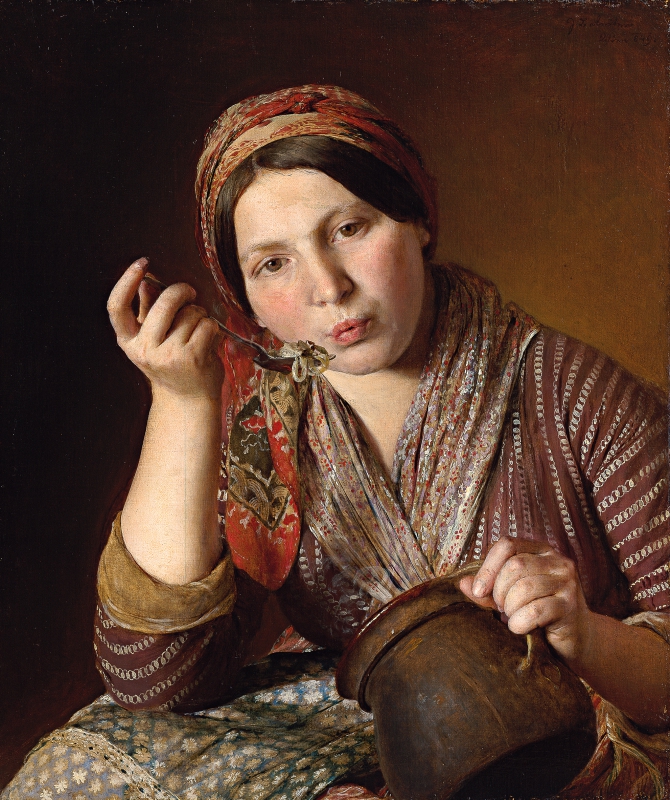
Leopold Museum, Vienna – April 10 to July 27, 2025
Not sure what Biedermeier is? Imagine a world where even the furniture is on its best behavior.
Biedermeier refers to a cultural style that emerged in the German-speaking world after the Napoleonic Wars, roughly from 1815 to 1848.
Born in an era of political conservatism and growing middle-class values, it emphasized domesticity, modesty, and aesthetic refinement. The name itself originally came from a satirical poem mocking bourgeois taste—“Papa Biedermeier” was imagined as a slightly dull but well-meaning everyman. Over time, the term evolved to describe a visual world of quiet interiors, tender portraits, and unpretentious beauty.
Poised between revolution and restraint, this exhibition immerses us in the quiet elegance of the Biedermeier world. Featuring paintings, drawings, furniture, and decorative objects, the show reveals how a newly emerging middle class used art to cultivate ideals of domesticity, virtue, and beauty.
If you are teetering on the edge of a nervous breakdown from all the turbulence in the world, this is where you need to be. Nothing soothes the nervous system like Biedermeier art.
Come for the portraits, stay for the immaculately pressed handkerchiefs.
Canada
Bad Girls Only: Women and the Seven Deadly Sins
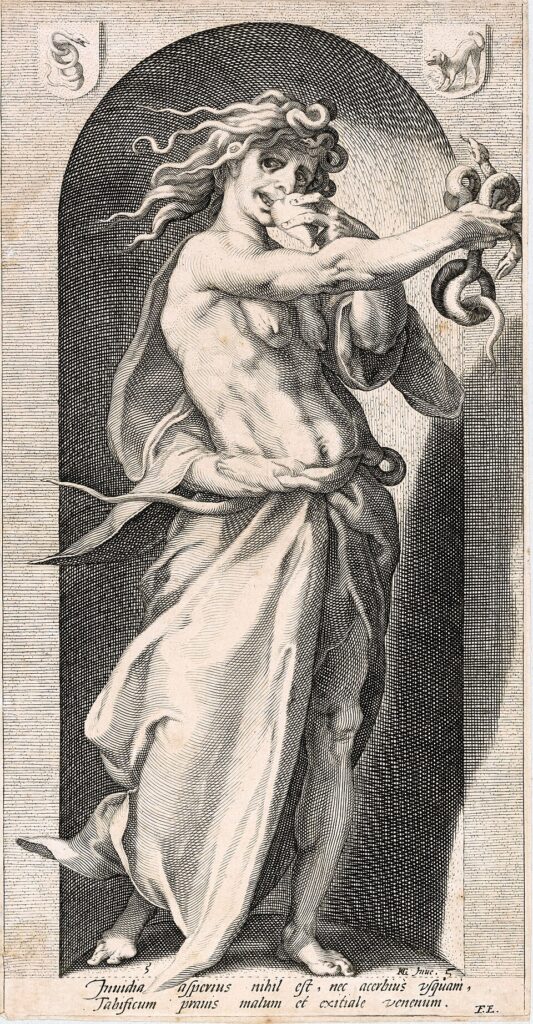
Montreal Museum of Fine Arts – March 26 to August 10, 2025
If something went wrong, blame a woman. Or at least, that is how most of human history seems to go.
Seven deadly sins. Countless female archetypes. This cheeky and subversive exhibition turns a traditionally male-dominated moral code on its head by exploring how women artists have embodied, resisted, and reclaimed the so-called vices of lust, pride, gluttony, wrath, envy, sloth, and greed.
Through provocative photography, painting, sculpture, and performance art, Bad Girls Only challenges old binaries, saint or sinner, Madonna or whore, and revels in the messy, sensual, and powerful space in between. It is part history lesson, part feminist carnival, and entirely unrepentant.
Germany
Mama: From the Virgin Mary to Beyoncé
Kunstpalast, Düsseldorf – March 12 to August 3, 2025
From sacred icon to cultural powerhouse, motherhood is explored in all its forms in this bold and sweeping exhibition. “Mama” spans centuries and continents, presenting the mother figure as divine, domestic, erotic, and political.
With works ranging from medieval Madonnas to contemporary portraits of Beyoncé and queer maternal imagery, the show asks what it means to represent—and reimagine—mothers across cultures and time. Featuring painting, sculpture, photography, and fashion, this exhibition is part anthropology, part pop symphony.
Belgium
Jules de Bruycker

Museum of Fine Arts (MSK), Ghent – March 22 to June 29, 2025
We will admit it – our team had never heard of Jules de Bruycker before. But while searching for European exhibitions we would love to see, we came across his name. Now we urgently need to get to Belgium.
Step into the smoky alleys and crowded marketplaces of early 20th-century Ghent through the eyes of Jules de Bruycker, Belgium’s great chronicler of urban spectacle. His etchings swirl with drama, satire, and sensual excess, a kind of visual carnival where saints jostle with sinners, and no detail is too small to exaggerate.
Often compared to Bruegel and Goya, de Bruycker captured the chaotic poetry of city life in a style that is both razor-sharp and dreamlike. Figures dissolve into crowds, architecture tilts under emotion, and every scene is alive with the theater of the everyday.
It’s grotesque, it’s glorious, and it is utterly human.
Singapore
City of Others: Asian Artists in Paris, 1920–1940
National Gallery Singapore – April 2 to August 17, 2025
What did it mean to be an outsider in the art capital of the world? This powerful exhibition brings together works by artists from China, Japan, Vietnam, Korea, and beyond who lived and worked in Paris during the interwar years – a city that offered both opportunity and exclusion.
With paintings, prints, photographs, and letters, City of Others tells the stories of diasporic artists navigating modernism, colonialism, and identity. We see how these artists engaged with the avant-garde while remaining deeply rooted in their cultural perspectives. They were not just “visitors” to modernism, they helped shape it.
Estonia
Bernardo Strozzi: Beyond Caravaggio
Kadriorg Art Museum, Tallinn – March 29 to July 6, 2025
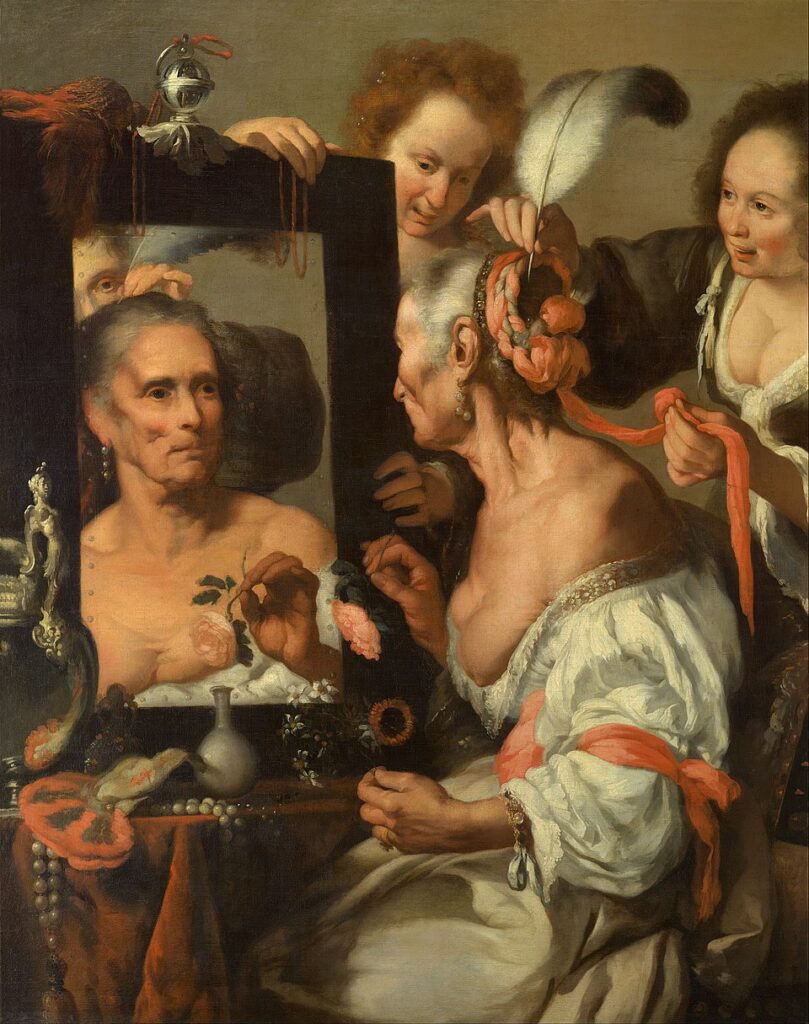
Monk, fugitive, and painter of light and drama – Bernardo Strozzi’s life was as vivid as his canvases.
Before he became one of the leading lights of Italian Baroque, Bernardo Strozzi was a Capuchin monk, and later, a fugitive from his own order. He painted portraits of nobility and still lifes that shimmer with emotion, but also found himself under house arrest for defying ecclesiastical rules. A man of contradictions, Strozzi brought the intensity of religious drama into everyday scenes, infusing them with spiritual warmth and theatrical light.
What happens when drama meets tenderness, and sacred themes are painted with almost theatrical intimacy?
This exhibition at the Kadriorg Art Museum brings the powerful brushwork of Bernardo Strozzi to northern shores, offering a rare look at one of the most expressive voices of the Italian Baroque.
Often seen as a spiritual heir to Caravaggio, Strozzi fused emotional immediacy with luminous color and robust realism. His saints weep, his musicians sigh, and his still lifes glow with life and sorrow. “Beyond Caravaggio” presents Strozzi not as a mere follower, but as a master of mood and movement in his own right.
United States
Frida in Two Acts
Art Institute of Chicago – through July 13, 2025
Virginia Museum of Fine Arts, Richmond – April 5 to September 28, 2025
She lived in pain, painted in symbols, and posed like a saint or a warrior, depending on the day. This April, two U.S. museums offer different but deeply complementary takes on Frida Kahlo’s life and legacy.
“Frida Kahlo’s Month in Paris” at the Art Institute of Chicago tells the story of her legendary 1939 trip to Paris – one month, one revolution. Invited by André Breton, she encountered the European avant-garde with curiosity and defiance. The show zooms in on her friendship with bookbinder and collector Mary Reynolds, exploring intimacy, politics, and Surrealism through a rare lens.
Meanwhile, “Frida: Beyond the Myth” at the Virginia Museum of Fine Arts offers a broader look at the woman behind the icon, through rarely seen works, personal belongings, and archival materials. It is a portrait not just of a painter, but of a person who made her image into a lasting, layered narrative.
Together, they remind us: Frida was never just a muse. She was the artist, the mythmaker, and the mirror.
Tamara de Lempicka
Museum of Fine Arts, Houston – March 9 to May 26, 2025
Velvet gowns, sharp angles, and electric desire. Tamara de Lempicka painted modern women with the swagger of movie stars and the gloss of high-speed machines. This exhibition celebrates the Polish-born artist who redefined glamour in the 1920s and ’30s with her signature Art Deco style.
Known for her portraits of socialites, aristocrats, and lovers, Lempicka captured not just faces, but the energy of a generation dancing on the edge of change. Bold, sensual, and unapologetically stylized, her paintings offer a vision of feminine power that still feels radical today.
Rachel Ruysch: Nature into Art
Toledo Museum of Art – April 12 to July 27, 2025
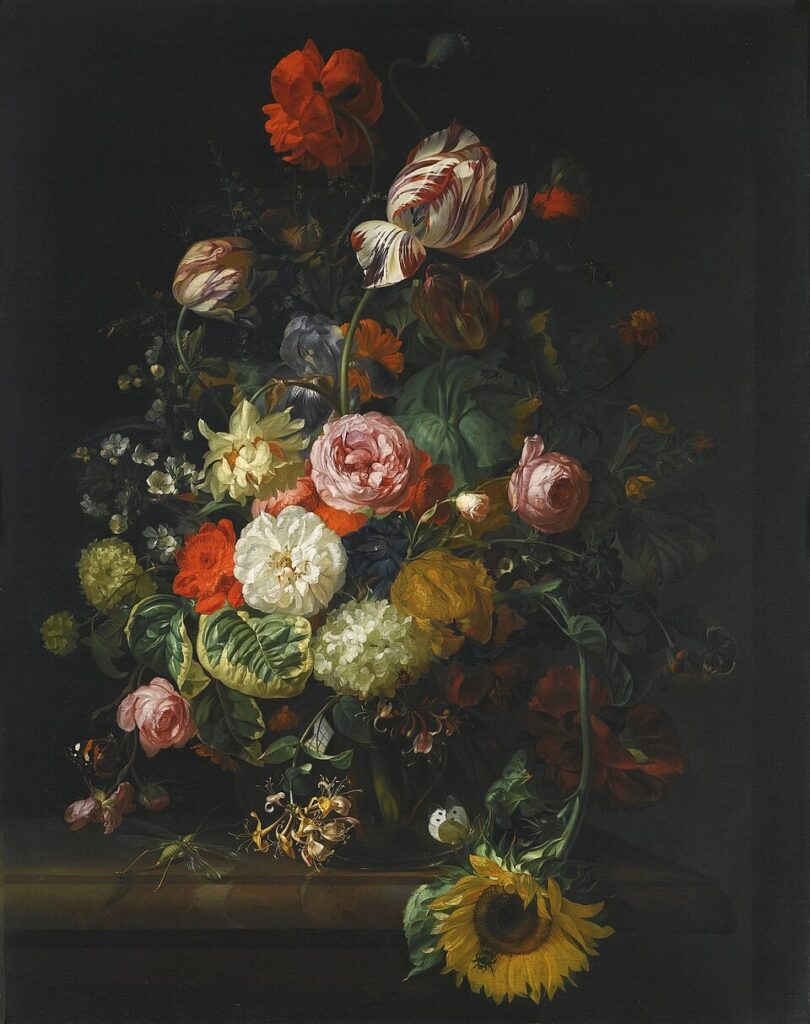
This is the first major retrospective of Rachel Ruysch’s work, an extraordinary journey through the life and legacy of one of the most brilliant painters of the Dutch Golden Age.
The exhibition spans two continents and three museums: beginning at the Alte Pinakothek in Munich, now continuing in Toledo, and concluding at the Museum of Fine Arts in Boston (August 23 to December 7, 2025).
The Toledo Museum of Art was among the first institutions in North America to acquire a painting by Ruysch, back in 1956, making this venue especially meaningful.
In a quiet corner of Dutch still life painting, Ruysch was creating entire universes out of blossoms, bugs, and the passage of time. Her floral compositions are not just beautiful, they are deeply alive, filled with motion, decay, and hidden symbolism. Every petal is a meditation on mortality, every insect a whisper of something eternal. Step close and discover a world where nature is more than subject, it is a form of truth.
Kent Monkman: History is Painted by the Victors
Denver Art Museum – April 20 to August 17, 2025
With a stiletto in one hand and a paintbrush in the other, Cree artist Kent Monkman rewrites history from the margins. His alter ego, Miss Chief Eagle Testickle, struts through scenes of colonization and conquest with biting wit and painterly finesse. This exhibition offers a sweeping look at Monkman’s work, grand in scale, subversive in message, and impossible to ignore.
Combining baroque drama, Hollywood camp, and Indigenous resistance, Monkman reframes Western art traditions to center the voices that were written out of them. The result is both dazzling and deeply political.
Modern Art & Politics in Germany, 1920–1945
Kimbell Art Museum – March 30 to June 22, 2025
This focused and urgent exhibition presents masterworks from Berlin’s Neue Nationalgalerie, exploring the charged relationship between art and politics in the interwar years. From Weimar freedom to fascist oppression, the show traces how German artists responded to turmoil with bold innovation, bitter critique, or tragic silence.
Featuring works by George Grosz, Otto Dix, Käthe Kollwitz, and others, the exhibition is a reminder that modernism was not just an aesthetic; it was a battleground. The questions raised remain hauntingly relevant.
∗∗∗
April 2025’s exhibitions offer more than beautiful paintings, they offer perspective. Whether you are drawn to the orderly world of Biedermeier or the chaos of de Bruycker’s streets, the political fire of Monkman or the floral quiet of Ruysch, this month proves once again that art reflects every part of us: our power, our dreams, our discomfort, and our joy.
So, wherever you are – Vienna, Virginia, or just scrolling from your kitchen – pause. Look again. There is a world of stories waiting in the frame.
Exhibition calendar
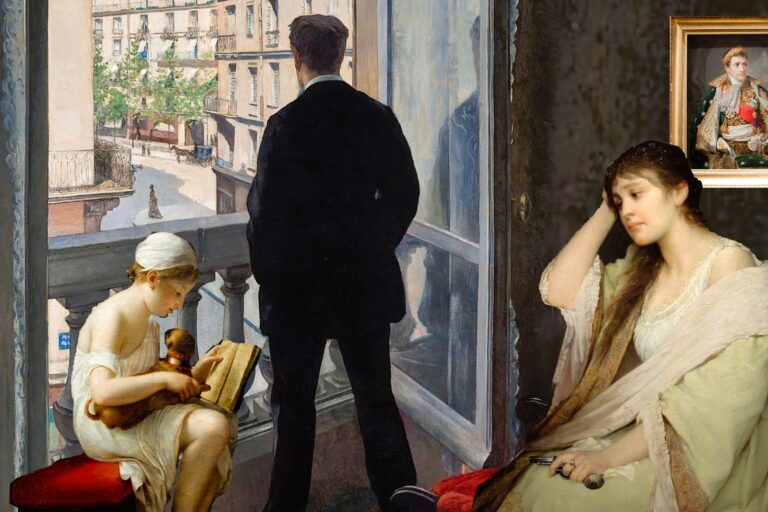
11 Jul 2025
Men in Windows, Women in History: The Art Exhibitions of July 2025
Windows are open this month, both literally and metaphorically. Men peer out of them,…
Art news
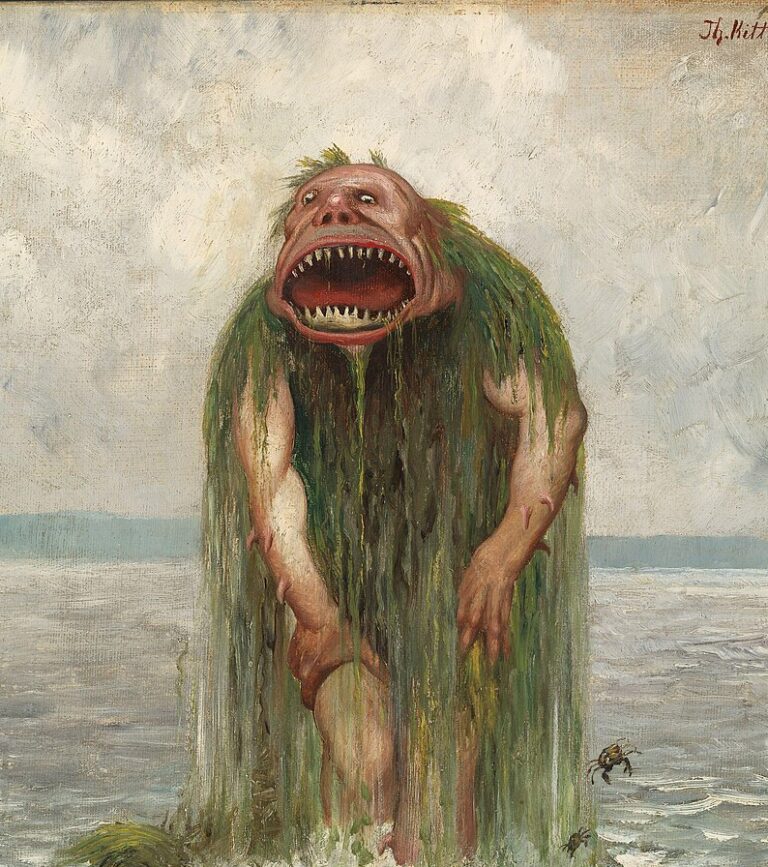
30 Apr 2025
Trolls, Death, and Tender Monsters: The Magical World of Theodor Kittelsen
Have you ever smiled at a sea monster or felt sorry for an old…
